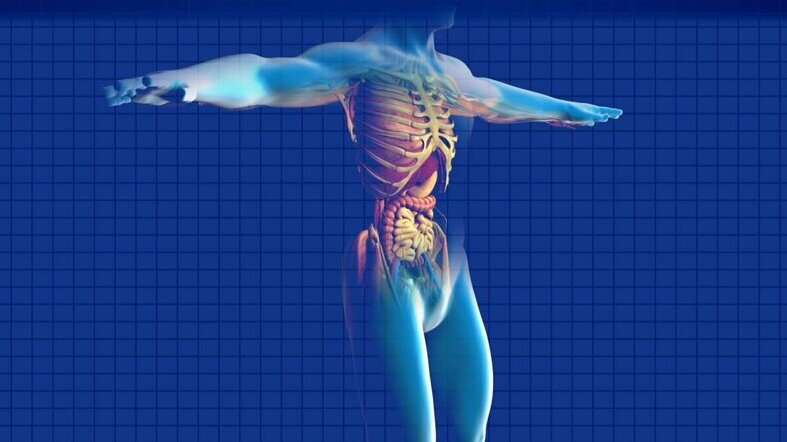This article has been reviewed according to Science X's editorial process and policies. Editors have highlighted the following attributes while ensuring the content's credibility:
fact-checked
trusted source
proofread
Researchers are developing a new device to improve treatment of anal fistula

A consortium of University of Birmingham researchers, clinicians and industry partners is developing a novel device that could revolutionize the clinical management of anal fistula.
In this intrusive and embarrassing condition, sufferers experience daily discomfort and smelly discharge from a tunnel between the bowel and skin around the anus. It affects mostly young people and has a significant impact on employment and family life due to chronic infection and pain.
Over 12,000 people a year are diagnosed in the UK, and it is notoriously difficult to treat. The clinical challenge is to allow the fistula tract to drain and heal at the same time and preserve continence. Current treatment pathways require multiple operations under general anesthetic over a prolonged timeframe, and usually lead to hygiene difficulties, which can be permanent.
The consortium, which includes experts from University Hospitals Birmingham NHS Trust, the University of Birmingham, and industry partners Neotherix and Keighleycolo has developed a novel device (known currently as the "Seton-Scaffold Device"), which is less invasive and more effective than existing treatments. The device combines a bioresorbable scaffold to heal the fistula and a thin comfortable seton to achieve drainage.
The device is made from a material that encourages the body's cells to migrate, settle into and populate the scaffold. This is the first step in a process that should eventually lead to the complete healing of the fistula, and the scaffold material and seton thread are slowly resorbed over several weeks. The device can be delivered to the awake patient, making it a safer, and cheaper, alternative than the current treatment paradigm.
The consortium plans to finalize product design, manufacture sterile devices and conduct a pivotal clinical study across 10 hospitals in the UK to demonstrate the clinical safety and healing endpoints of the device in over 100 patients with anal fistula, including those with Crohn's disease.
This consortium's earlier work included education, training and usability sessions and a 20-patient study that showed the device is safe to use, and has good patient and clinician acceptance.
The consortium is now exploring commercialization opportunities and the most effective route to market for this innovative, affordable device.
Chief Investigator Professor Tom Pinkney from the University's Institute of Applied Health Research, said, "Our data from a small first-in-man study demonstrated this device could be more effective than anything else on the market and make a real difference to patients' lives."
Neotherix CEO Dr. Mike Raxworthy added, "This project will generate data critical to demonstrating the safety and clinical value of the Seton-Scaffold Device and will allow us to move forward with commercial partners. It is an excellent illustration of the value of a strong academic-clinical-industry collaboration working together to solve unmet medical needs."
Professor Mike Keighley of Keighleycolo Ltd, and author of the definitive colorectal textbook (now in its fourth edition) remarked, "I believe this will deliver affordable and effective therapy without morbidity and the need for hospital admission worldwide."



















